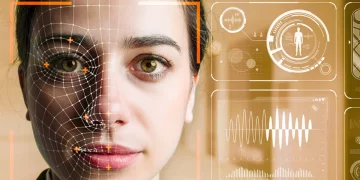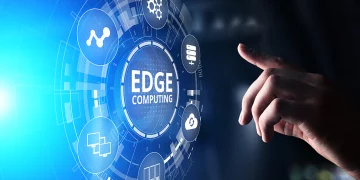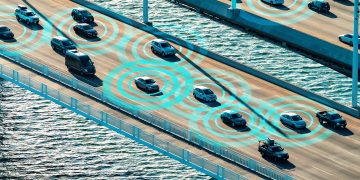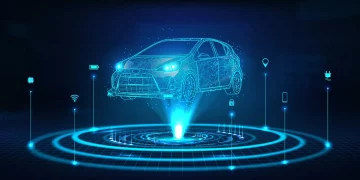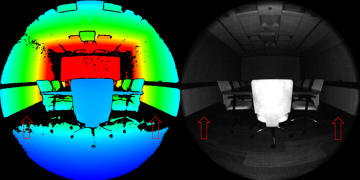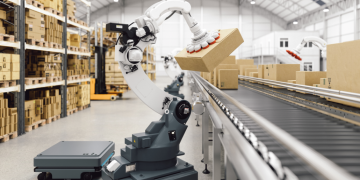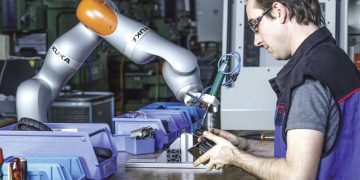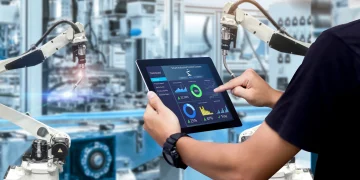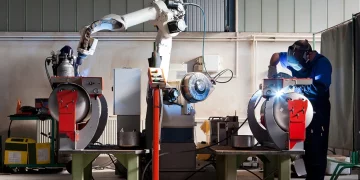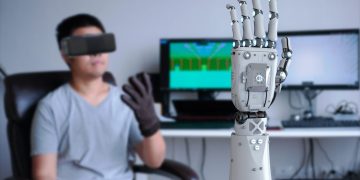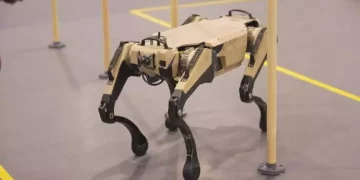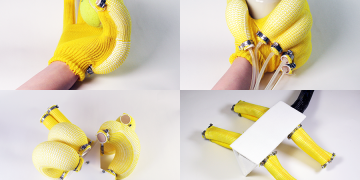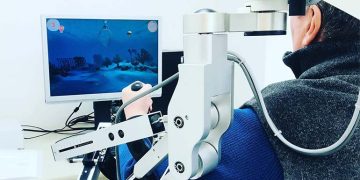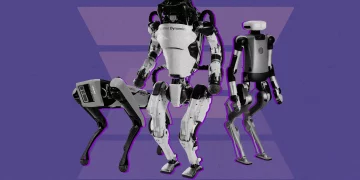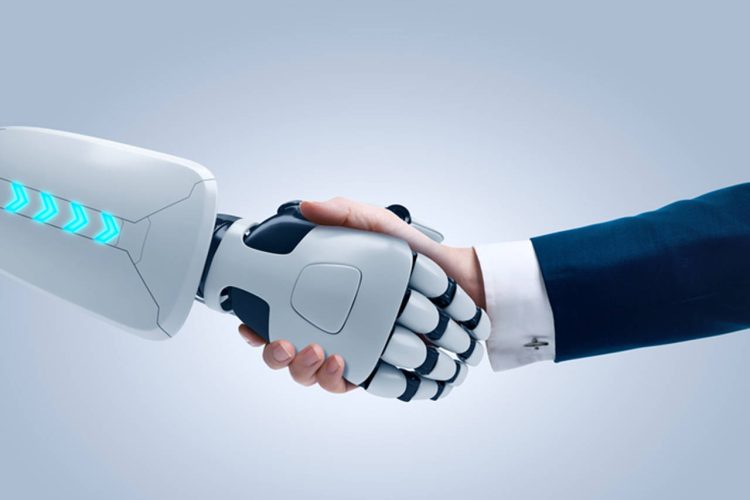Introduction
In the rapidly evolving world of technology, one of the most intriguing questions that have emerged is: How do we define the relationship between humans and robots? As robotic systems become more integrated into various aspects of our lives, the nature of this relationship is becoming more complex and nuanced. From industrial robots to personal assistants, and even advanced AI-driven systems in healthcare and education, robots are not just tools; they are evolving into entities that interact with humans in meaningful ways.
This article delves into the different dimensions of the relationship between humans and robots. It explores how this relationship is shaped by technological advancements, cultural perceptions, ethical considerations, and future trends. Ultimately, understanding and defining this relationship is crucial for ensuring a positive and responsible integration of robots into society.
1. The Evolution of Robotics and Human Interaction
Historically, humans have always sought to augment their capabilities through tools and machines. From the invention of the wheel to the advent of the computer, humans have continuously shaped technology to serve their needs. However, the emergence of autonomous robots, powered by artificial intelligence (AI), marks a significant shift. Unlike traditional machines, which perform predefined tasks, modern robots can learn from their environment, make decisions, and even interact with humans in ways that were previously reserved for science fiction.
a. Early Human-Robot Interaction
In the early days of robotics, machines were designed solely for efficiency and to perform repetitive tasks. These robots were primarily mechanical systems, operating in factories or research labs, performing tasks such as welding, assembly, and packaging. The relationship between humans and these early robots was purely functional—robots were tools designed to assist in specific tasks, and human-robot interactions were limited to command and control.
b. The Rise of AI and Autonomous Robots
With the rise of artificial intelligence, robots began to evolve from passive tools to active agents capable of making decisions. The development of machine learning and deep learning algorithms enabled robots to process data, recognize patterns, and adapt to new environments. As a result, robots became more interactive, capable of engaging in more dynamic relationships with humans. Examples include social robots that provide companionship or support, healthcare robots that assist with surgery or patient care, and service robots that interact with customers in retail or hospitality settings.
These developments have fundamentally shifted the human-robot dynamic. Robots are no longer just tools; they are collaborators, assistants, and in some cases, companions.
2. The Dimensions of Human-Robot Relationships
To define the relationship between humans and robots, it is essential to consider the multiple dimensions through which this relationship is experienced. These dimensions include:
a. Functional Collaboration
The most common interaction between humans and robots remains functional. Robots perform tasks that are either too dangerous, too complex, or too repetitive for humans to do efficiently. This functional relationship is particularly evident in industries such as manufacturing, where robots can increase productivity, reduce errors, and enhance safety by performing tasks like welding, painting, and assembly.
However, the functional relationship is evolving. Modern robots are increasingly capable of collaborating with humans in more flexible environments, such as healthcare, education, and service industries. For example, exoskeleton robots enable people with mobility impairments to walk again, while AI-driven robots can provide real-time medical data to doctors during surgeries.
b. Emotional and Social Connection
As robots become more capable of engaging with humans on an emotional and social level, the relationship takes on a new dimension. Social robots, such as Pepper and Jibo, are designed to engage with humans in emotionally supportive ways. These robots use natural language processing, voice recognition, and facial recognition technologies to interact with users in a manner that mimics human relationships.
The emotional connection is particularly significant in areas such as elderly care, where robots like Paro, a robotic seal designed to comfort elderly patients with dementia, provide emotional support and companionship. These robots are not just tools for physical assistance; they engage with users in a way that addresses emotional needs, creating a bond that transcends functional collaboration.
The question arises: Can robots form genuine emotional bonds with humans? While these robots can simulate emotions, it remains to be seen whether they can truly understand or reciprocate human feelings. This challenge has sparked debates about empathy in artificial intelligence and the ethical implications of creating robots that mimic human emotions.
c. Ethical and Moral Considerations
As robots take on more complex roles, ethical considerations regarding their use and impact on human lives have become increasingly important. The relationship between humans and robots is not just a matter of technology; it involves questions of responsibility, trust, and rights.
- Autonomy: Should robots be given autonomy in decision-making, especially in situations where their decisions can impact human lives, such as in healthcare or autonomous vehicles?
- Privacy: Robots, especially those powered by AI, often collect vast amounts of personal data. This raises concerns about how this data is used, who has access to it, and how it is protected.
- Job Displacement: With robots taking on more tasks traditionally performed by humans, there is a growing concern about job loss and the ethical implications of automation.
The human-robot relationship is deeply intertwined with these ethical issues. As robots take on more human-like roles, it becomes essential to ensure that their actions align with human values and ethical standards.
d. Dependency and Co-Existence
As robots become more integrated into society, humans are increasingly dependent on them for various tasks, from driving cars to managing household chores. This shift raises the question of how much control humans are willing to relinquish to robots. In sectors like manufacturing, healthcare, and transportation, robots play crucial roles in optimizing efficiency and improving outcomes. However, with increased reliance on robots, the risk of dependency emerges. What happens when a robot malfunctions or is no longer available? How do humans manage this dependency?
The co-existence of humans and robots requires a delicate balance of control and autonomy. While robots can enhance human capabilities, it is crucial to maintain oversight to ensure that robots do not replace the need for human judgment and intervention.
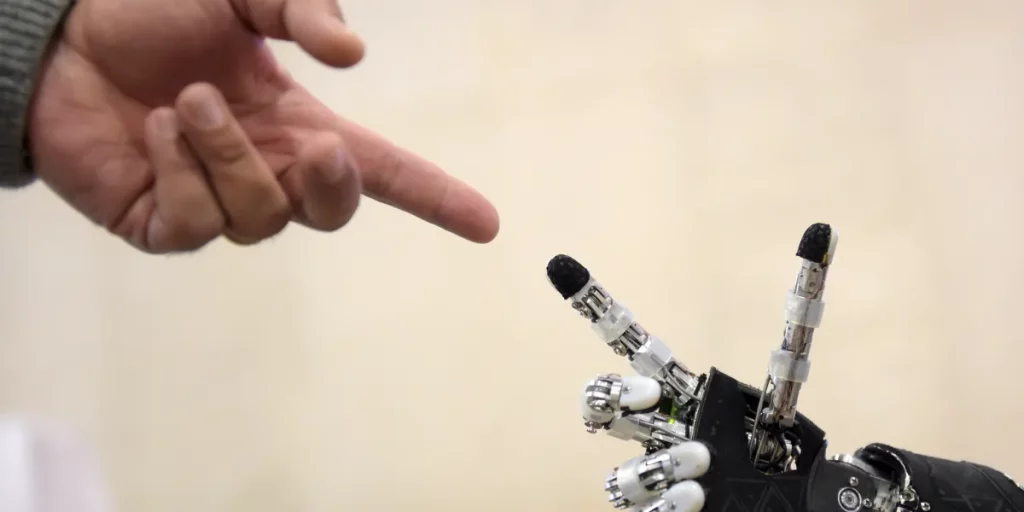
3. The Future of Human-Robot Relationships
Looking ahead, the relationship between humans and robots will continue to evolve in response to technological advancements, societal needs, and ethical challenges. Some key trends include:
a. Collaborative Robots (Cobots)
One of the most promising developments in robotics is the rise of collaborative robots (cobots). These robots are designed to work alongside humans in a shared environment, complementing human abilities and enhancing productivity. Unlike traditional industrial robots, which operate in isolation from humans, cobots are designed with safety features and adaptable programming to work directly with human workers in a range of environments, from factories to hospitals.
Cobots represent a shift from the idea of robots as tools to the concept of robots as partners. As cobots become more prevalent, the human-robot relationship will be defined by collaboration, mutual support, and shared goals.
b. Human-Robot Integration
In the future, robots may be integrated even further into human society, blurring the lines between humans and machines. This could involve advanced brain-machine interfaces (BMIs) that allow humans to control robots directly with their thoughts or even cybernetic enhancements, where humans and robots are interconnected to enhance physical and cognitive abilities.
Such developments raise profound questions about the boundaries of human identity and the ethical implications of merging humans and machines. Transhumanism, the idea that humans can transcend their biological limitations through technology, could radically change how we define the relationship between humans and robots.
c. AI and Autonomous Robots
The rise of AI-driven, autonomous robots will lead to even more dynamic and flexible human-robot relationships. These robots will not only assist with tasks but will be capable of making independent decisions, adapting to new environments, and learning from their interactions with humans. The question of autonomy in robots will become increasingly important, as we must consider how much control we are willing to give to machines and how we will manage the accountability of these machines in decision-making processes.
4. Conclusion
The relationship between humans and robots is complex and multifaceted, encompassing functional, emotional, ethical, and societal dimensions. As robotics technology continues to advance, it is essential to consider the broader implications of this relationship on society, culture, and individual well-being.
To define the relationship between humans and robots, we must balance innovation with responsibility, ensuring that robots are designed and used in ways that align with human values, promote positive social impact, and respect ethical boundaries. The future of this relationship will depend on the decisions made today—how we design robots, how we interact with them, and how we regulate their integration into our lives. Ultimately, the goal should be to cultivate a relationship where robots serve as partners that enhance human life while respecting privacy, autonomy, and dignity.






